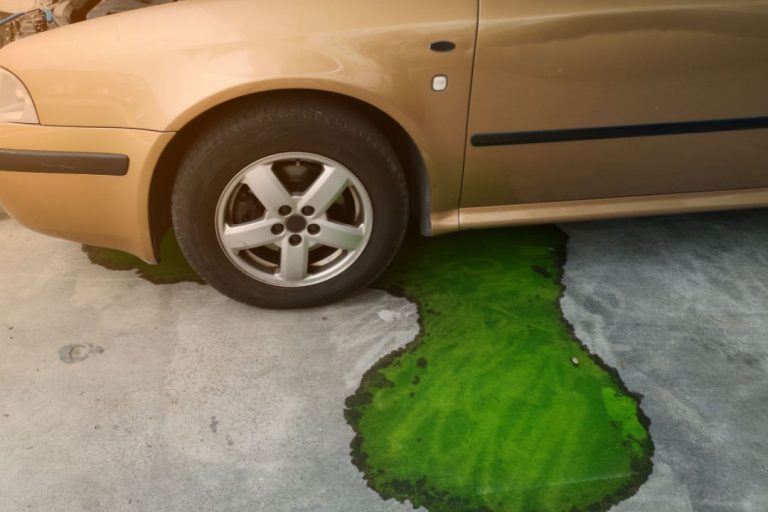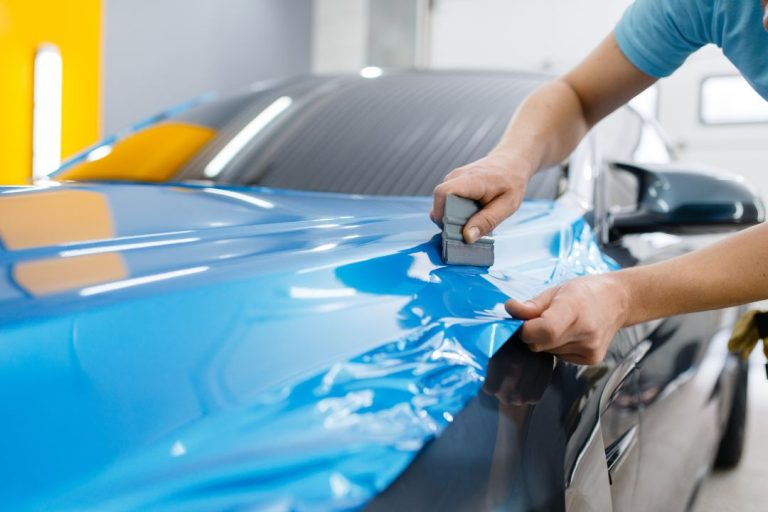How to Restore a Classic Car: The Ultimate Guide
To restore a classic car, you must disassemble and document it thoroughly by removing, labeling, and documenting all parts. Restored classic cars can be a lucrative investment for selling, fetching high prices depending on the make and model.
Restoring a classic car is a rewarding endeavor that requires passion, dedication, and meticulous attention to detail. Whether you are a seasoned enthusiast or a novice looking to embark on your first restoration project, understanding the process is crucial. From disassembly to mechanical repairs, bodywork, and finishing touches, each step contributes to bringing a classic car back to its former glory.
This guide aims to provide insights and tips for a successful classic car restoration journey, ensuring a fulfilling and satisfying experience for any automotive enthusiast.

Credit: classicsworld.co.uk
Getting Started
Before diving into the restoration process of a classic car, it is crucial to begin with the initial steps to ensure a successful restoration project.
Disassembling The Car
Disassembling the classic car is the first step in the restoration process. Carefully disassemble the car, removing all parts, and components while labeling each item for easy reassembly. This step ensures that each element can be thoroughly inspected and restored or replaced as needed.
Documentation And Photography
Documenting and photographing the disassembly process is imperative for tracking progress and referencing the original assembly. Take detailed pictures or videos of each step to document the condition of parts and their placement within the vehicle. This documentation will be invaluable during the reassembly phase.
What To Consider
What to Consider: Tips for Restoring a Classic Car
Cost Of Restoration
Restoring a classic car can vary greatly in cost based on the extent of work needed. Consider factors like parts, labor, and any unexpected expenses.
Timeline For Restoration
Restoration timelines depend on the condition of the car and the complexity of the project. Plan for delays and allocate ample time for each step.
Choosing The Right Car
When embarking on a classic car restoration project, the first and most crucial step is choosing the right car. This decision can make or break the entire restoration process, so it’s essential to make an informed choice. The following pointers will guide you in selecting the perfect classic car for restoration.
Easiest Classic Cars To Restore
When aiming for an easier restoration process, certain classic car models stand out for their simplicity and availability of parts. The list includes:
- Ford Mustang
- Dodge Challenger
- Pontiac GTO
- Chevrolet Impala
- Oldsmobile Cutlass
- Chevrolet El Camino
Best Sports Cars To Restore
For enthusiasts interested in restoring sports cars, the following models are known for their desirability and ease of restoration:
- Chevrolet Camaro
- Shelby Mustang
- Chevrolet Corvette
- Pontiac Firebird
- MG MGB

Credit: www.iguides.org
Expert Advice
Restoring a classic car can be a daunting and intricate task, requiring a certain level of expertise and knowledge. That’s why it’s important to seek expert advice to guide you through the process. In this section, we’ll share some valuable tips for beginners and answer the common question of whether you can teach yourself classic car restoration.
Tips For Beginners
- Start with the basics: Before diving into the restoration process, familiarize yourself with the make and model of the classic car you’re working on. Research its history, specifications, and common issues to develop a solid understanding.
- Invest in quality tools: To ensure a successful restoration, it’s vital to have the right tools at your disposal. Invest in quality wrenches, screwdrivers, and specialty tools specific to your classic car’s needs.
- Document everything: As you disassemble the car, thoroughly document each step. Take pictures, label parts, and make detailed notes to make reassembly smoother.
- Start small: If you’re new to classic car restoration, begin with smaller projects such as refurbishing interior components or restoring smaller parts. This allows you to gain experience and confidence before tackling larger tasks.
- Join a community: Connect with fellow classic car enthusiasts and join online forums or local car clubs. Networking with experienced individuals can provide invaluable advice and support throughout your restoration journey.
Can You Teach Yourself Classic Car Restoration?
While it’s certainly possible to teach yourself classic car restoration, it’s important to understand the level of commitment and dedication required. Restoring a classic car demands a wide range of skills, including mechanical, electrical, and bodywork expertise. However, with the availability of online resources, tutorials, and step-by-step guides, you can acquire the necessary knowledge over time.
Start by focusing on learning the fundamentals of automotive mechanics and gradually build your skills. Experiment with smaller projects and gain hands-on experience to develop confidence in your abilities. Remember, patience is key, as classic car restoration can be a time-consuming and occasionally frustrating process.
Ultimately, whether you choose to teach yourself or seek formal training, the journey of restoring a classic car is a rewarding and fulfilling experience. With perseverance and a thirst for knowledge, you can transform a vintage vehicle into a masterpiece on wheels.

Credit: www.amazon.com
Frequently Asked Questions On How To Restore A Classic Car
What Is The First Step To Restoring A Classic Car?
The first step to restoring a classic car is to disassemble and thoroughly document the car. This includes removing all parts, labeling them, and taking pictures or videos of the process.
Is It Worth It To Restore A Classic Car?
Restoring a classic car can be worth it if you plan to sell it for a good investment. Restored cars can fetch high prices depending on the make and model. However, if you want to keep it for yourself, you may not recoup the restoration costs.
What Is The Easiest Classic Car To Restore?
The Ford Mustang is considered the easiest classic car to restore due to its availability of parts and simplicity.
How Long Does It Take To Fully Restore A Classic Car?
Fully restoring a classic car typically takes 1-3 years, depending on the car’s condition and extent of work needed.
Conclusion
Classic car restoration requires dedication, time, and meticulous attention to detail. The process involves disassembling, documenting, and meticulously restoring each component. Whether as an investment or personal project, restoring a classic car is a gratifying experience that can result in a valuable and iconic vehicle.
Choose the right car and embark on an exciting restoration journey.






